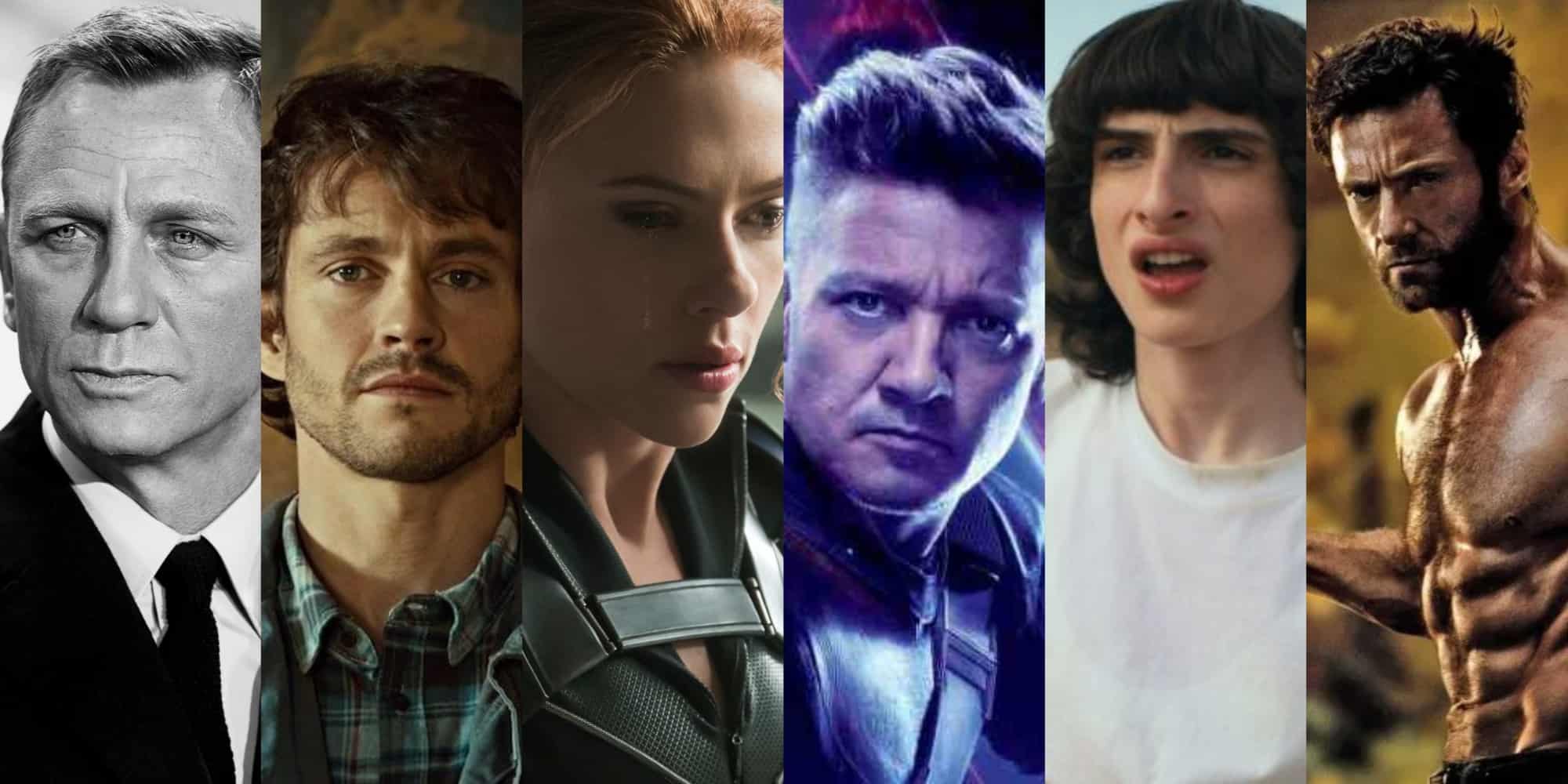ISTP, the acronym, represents the personality traits of Introversion, Sensing, Thinking, and Perceiving. Individuals exhibiting an ISTP personality trait are inclined towards practicality, logic, and a proclivity for taking action.
Individuals in this category usually exhibit self-reliance and exhibit a preference for resolving issues through practical expertise and a comprehensive understanding of the underlying mechanisms.
ISTP characters in fictional works frequently demonstrate characteristics such as flexibility, ingenuity, and a notable aptitude for problem-solving and repairing objects. Individuals with this disposition exhibit a proclivity towards reticence and introspection, displaying a preference for contemplation and assessment of their environment prior to engaging in any course of action.
The ISTP personality type is frequently depicted as proficient mechanics, engineers, or individuals who exhibit prowess in physical pursuits and derive pleasure from investigating their surroundings.
25 ISTP Fictional Characters
These characters exhibit a tendency towards self-sufficiency and demonstrate a preference for independent work. Individuals relish the autonomy to pursue their personal interests and exhibit a pragmatic approach to resolving issues. Frequently depicted as possessing exceptional logical and operational abilities, they exhibit proficiency in devising inventive resolutions to intricate circumstances.
Also Read: 20 Best INTP Fictional Characters.
1. Indiana Jones
Appearance: Indiana Jones series.
Harrison Ford plays Indiana Jones, a popular fictional character. “Raiders of the Lost Ark” introduced the character created by George Lucas and directed by Steven Spielberg.
Archaeology professor and adventurer Indiana Jones searches the world for ancient artifacts. His brown fedora, leather jacket, and bullwhip have become his trademarks. Jones is a tough, resourceful hero who uses his academic and physical skills to solve mysteries.
Jones is an expert in ancient civilizations, artifacts, and history. He solves puzzles and deciphers cryptic clues using logic and analysis. His quick thinking and adaptability show his ISTP traits.

Indiana Jones can also fight. Hand-to-hand combat and weaponry are his strengths. Jones’ problem-solving and physical abilities help him overcome opponents and survive dangerous situations.
Throughout the series, Indiana Jones forms meaningful relationships. His introverted nature hides his deeper emotions, but he shows loyalty and compassion to his friends and allies.
Indiana Jones, an ISTP icon, his search for ancient artifacts, and his ability to handle difficult situations have made him one of cinema’s most beloved fictional characters.
2. James Bond
Appearance: James Bond series.
James Bond, created by Ian Fleming, is the protagonist of the James Bond novels, films, and other media. British secret agent James Bond, codenamed “007,” works for MI6.
Bond is portrayed as a charming, skilled spy. His impeccable style, refined taste, and ability to handle high-stakes missions are known. Sean Connery, Roger Moore, Daniel Craig, and others have played Bond, each with their own style.
Bond is very perceptive and can spot even the smallest clues and threats. He unravels complex plots and reveals hidden truths using logic and analysis. James Bond is an excellent athlete and hand-to-hand combatant. He shoots well and uses many weapons. Bond’s intelligence, strategy, and physical strength make him a formidable agent.
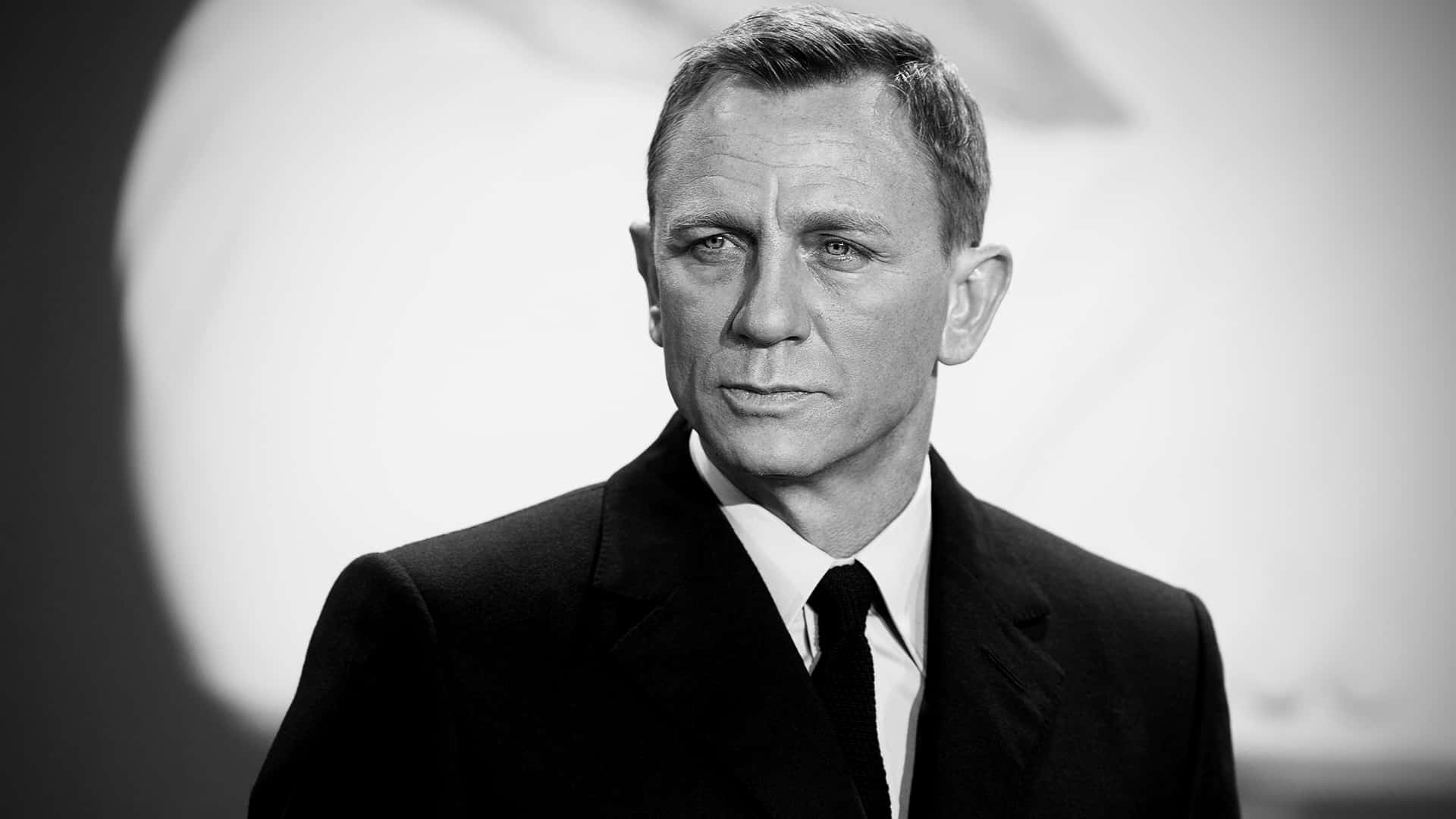
Bond can be introspective despite his daring exploits and glamorous lifestyle. He struggles with the morality of his actions and the impact his career has on his personal life, showing a deeper emotional complexity beneath his calm exterior.
He is famous for his romantic relationships with women. However, his ISTP trait of prioritizing practicality and the mission often overrides personal relationships. James Bond, an ISTP, is one of popular fiction’s most iconic characters due to his thrilling adventures and iconic persona.
Also Read: Spectre Ending Explained: The 2015 James Bond Thriller Plot Explained
3. Han Solo
Appearance: Star Wars.
Harrison Ford plays the Star Wars character, Han Solo. In 1977’s “Star Wars: Episode IV – A New Hope,” he became one of the series’ most beloved characters.
Han Solo is a skilled pilot and self-described “smuggler.” His charismatic and roguish personality often hides a softer, more caring side. He is a reluctant hero who initially seeks personal gain. He eventually joins the Rebel Alliance’s fight against the Galactic Empire.
Han Solo’s Millennium Falcon piloting skills are legendary. He fixes the Falcon with his mechanical knowledge. Han’s hands-on problem-solving matches ISTPs’ practicality.

Han Solo initially appears cynical and uncaring, but he eventually shows his loyalty and willingness to help others, especially his allies. He bonds with Luke Skywalker and Princess Leia Organa despite his rough exterior.
ISTPs are like Han Solo—adventurous and thrill-seeking. He seeks thrills and profit in risky ventures. Han’s risk-taking and adaptability make him a valuable asset in the Empire’s fight. Han Solo changes from a selfish smuggler to a selfless hero throughout the Star Wars saga. His journey shows ISTP’s character growth and depth.
4. Rorschach
Appearance: Watchmen.
Alan Moore and Dave Gibbons created Rorschach for “Watchmen,” a graphic novel and film. Walter Kovacs, aka Rorschach, is a morally ambiguous character with a mask that changes inkblot patterns.
Rorschach is ISTP and analytical. He notices details and finds hidden clues and patterns. Rorschach solves complex mysteries and crimes using deductive reasoning and keen investigation. Rorschach fights well. He uses resourcefulness and agility to defeat opponents in his brutal, unorthodox fighting style. His practical and physical skills make him a good vigilante.
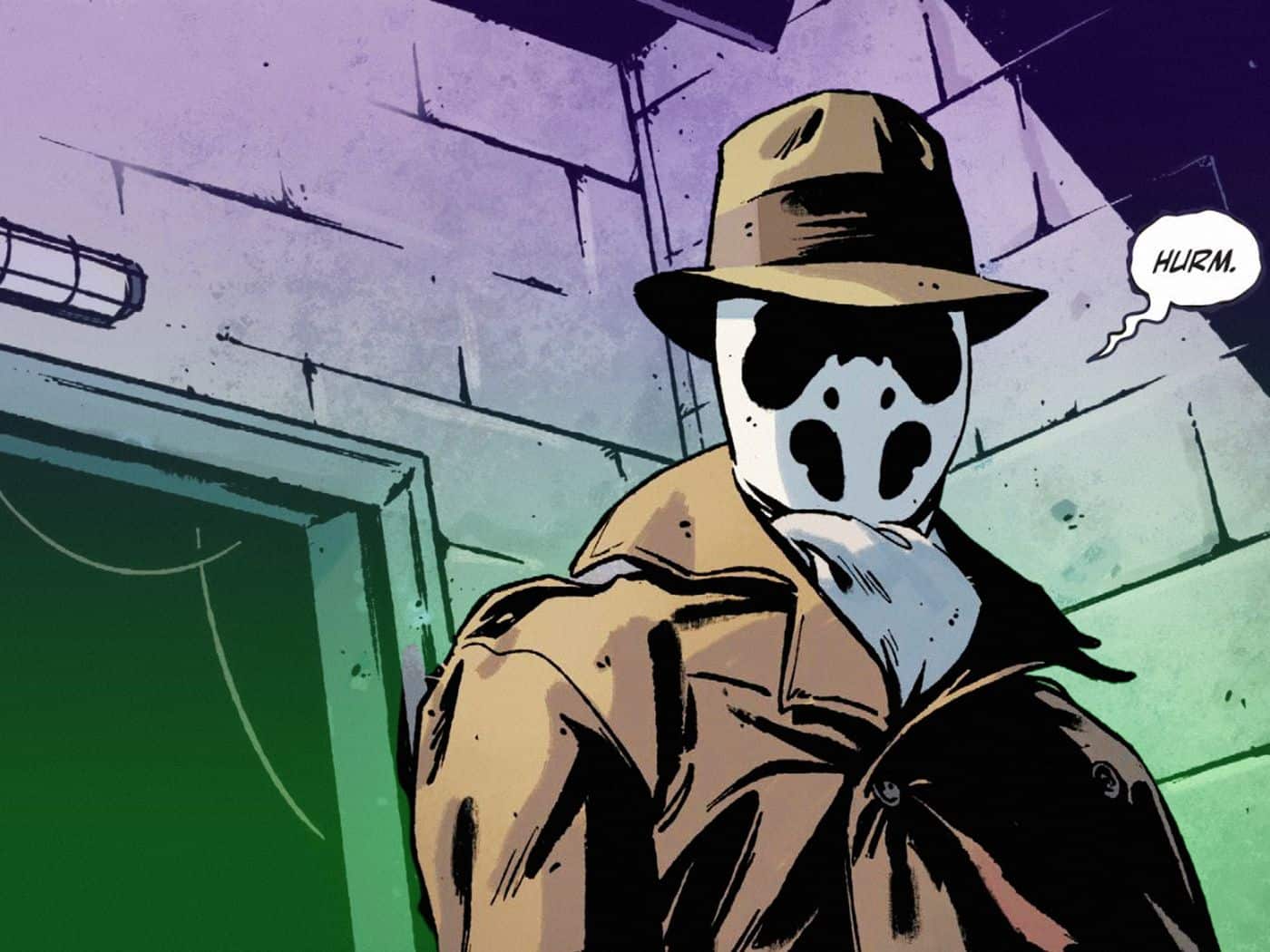
Rorschach views society and institutions with cynicism and skepticism. He dislikes authority and opposes the status quo. Rorschach fights other characters because he believes justice should prevail no matter what.
Rorschach’s justice is rigid, but his moral ambiguity blurs the lines between hero and antihero. His uncompromising nature, which includes violence, can be a strength and a weakness. He thinks the world is corrupt and morally compromised.
Rorschach’s unwavering morality despite the world’s gloom defines him. Rorschach’s vigilantism and internal struggles with society’s corruption make him one of the “Watchmen” series’ most intriguing and memorable characters.
5. The Man with No Name
Appearance: The Good, the Bad, and the Ugly.
Clint Eastwood plays Sergio Leone’s Man with No Name in spaghetti westerns. The films don’t name the character, hence “The Man with No Name.” His enigmatic and stoic demeanor and cowboy attire—poncho, hat, and cigar—are well known.
Due to his traits, the Man with No Name is often categorized as an ISTP. He is a loner who avoids emotional attachments. The character is self-reliant and private. ISTPs are observant and detail-oriented. He reads people and situations well. He can spot danger and act quickly.
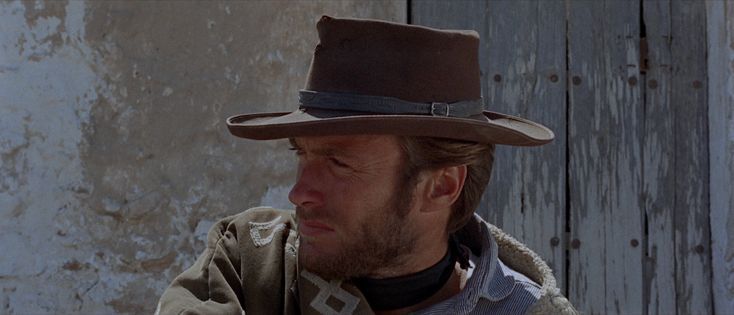
The Man with No Name solves problems with resourcefulness and adaptability. He uses his physical abilities and practical knowledge to overcome dangers. Sharpshooting and hand-to-hand combat make him a powerful gunslinger.
He has a strong moral compass despite his stoicism. He may seem self-serving, but he often acts justly. His morality guides him throughout the movies. The Man with No Name is a Western hero—tough, resourceful, and just. His coolness and ability to handle dangerous situations made him a cinematic icon.
6. Wolverine
Appearance: X-Men.
Len Wein and John Romita Sr. created Wolverine for Marvel Comics. The Incredible Hulk #180 introduced him in 1974. Wolverine, real name James “Logan” Howlett, is a mutant with retractable adamantium claws, regenerative healing powers, and enhanced animal senses.
Wolverine is observant and has enhanced smell, hearing, and reflexes. Wolverine uses his enhanced senses to detect threats and navigate. His combat skills and healing factor allow him to heal quickly. His retractable adamantium claws and hand-to-hand combat skills make him a fierce fighter.
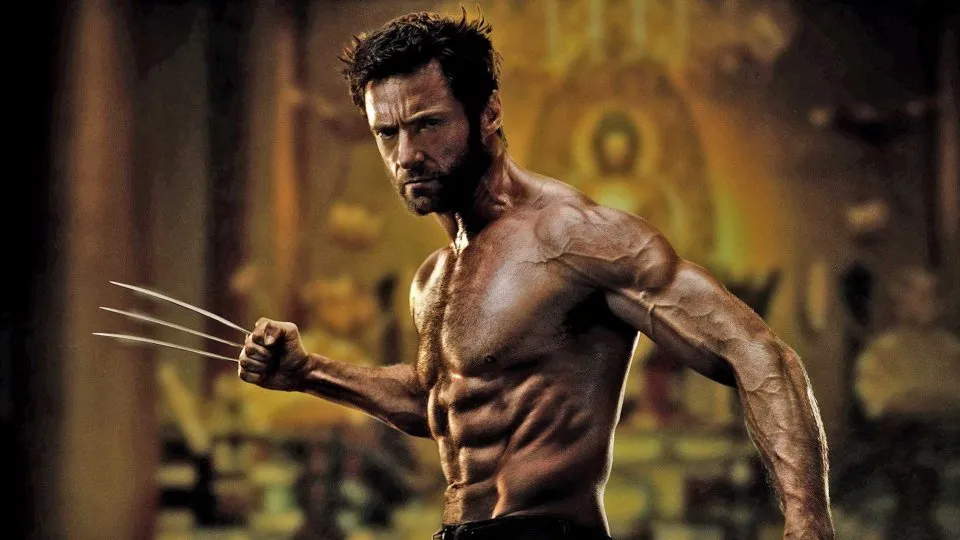
Wolverine is an individualist, but he bonds with his fellow X-Men and love interests like Jean Grey and Mariko Yashida. These relationships show his loyalty and care, softening his tough exterior.
He struggles with morality as an ISTP. Wolverine grows as he fights his animalistic instincts and does what’s right. Fans worldwide love Wolverine for its fierce combat skills, regenerative abilities, and complex personality.
Also Read: The Correct Order To Watch Wolverine Movies
7. Jason Bourne
Appearance: Bourne series.
Robert Ludlum’s Bourne novels feature Jason Bourne. Matt Damon plays him in the movies. Amnesia-stricken former CIA assassin Jason Bourne is skilled and resourceful. He searches for his true identity and navigates dangerous conspiracies throughout the series.
Bourne is a meticulous ISTP. He is observant and can spot patterns. Even under pressure, Bourne can analyze data and make strategic decisions. He is a skilled fighter. His tactical thinking and martial arts skills make him a formidable close-quarters combatant. He uses his surroundings and everyday items as weapons.
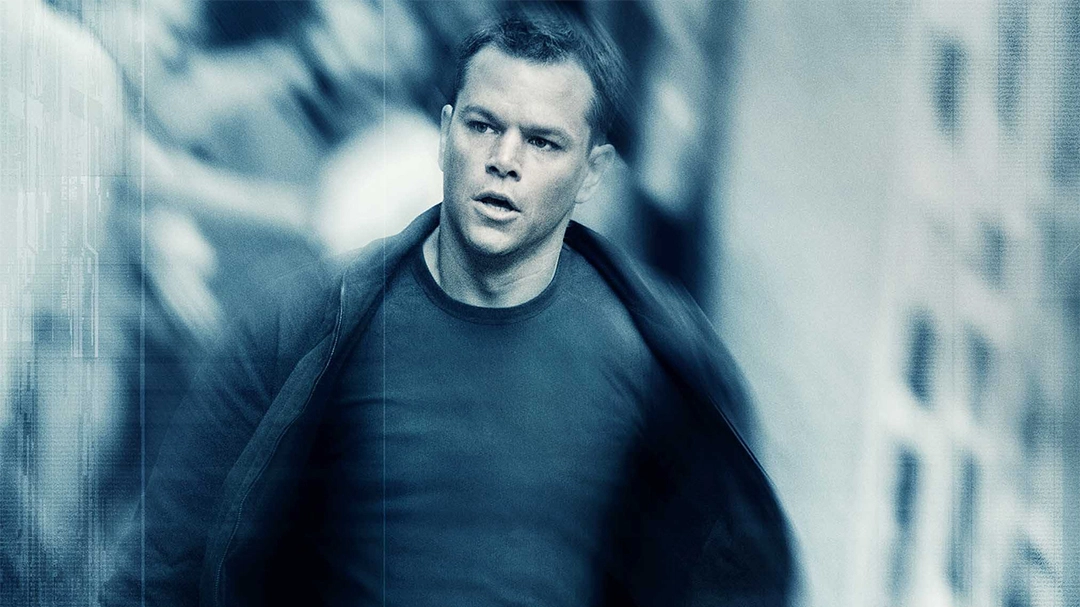
Bourne’s journey involves discovering his true identity and unraveling the conspiracy around him, despite his amnesia. Despite his struggles, he maintains a strong sense of justice and morality throughout the series.
The series shows Bourne’s introspection. He struggles to overcome his past as an assassin and seeks redemption. Despite his detachment, Bourne is loyal and compassionate to those he trusts. His relationships, especially with Marie Kreutz, reveal his emotional side.
Jason Bourne exhibits skills, strategic thinking, and the quest for self-discovery have made him an iconic character in espionage and thrillers, captivating audiences worldwide.
8. Hawkeye
Appearance: Marvel Comics.
Hawkeye, a Marvel Comics character, appears in several comic books and the MCU. Clint Barton is a master archer and marksman. Due to his traits, Hawkeye is often labeled ISTP. He is shy and independent. Hawkeye is calm even under pressure.
Hawkeye, an ISTP, is observant and has good hand-eye coordination. He is a superb archer. His ability to analyze his surroundings and make split-second decisions helps him fight from a distance using his archery skills.
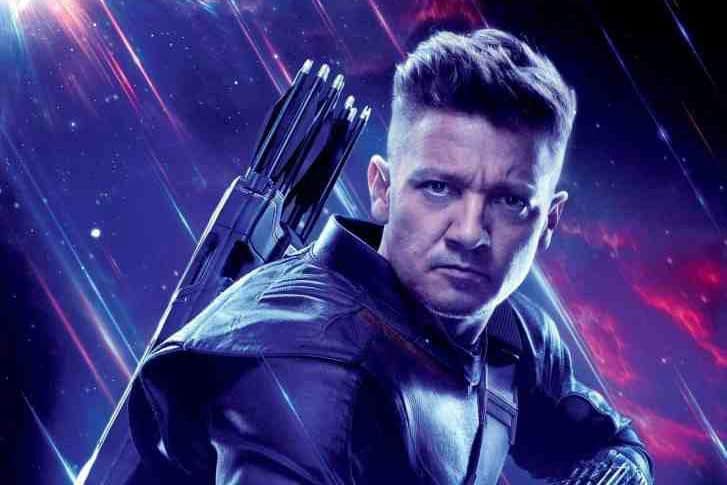
Hawkeye is reserved and introspective, but he bonds with his Avengers teammates and is loyal. He’s portrayed as a trustworthy ally who’ll risk himself for the greater good. Hawkeye’s combat skills and physical prowess go beyond archery. He uses martial arts, acrobatics, and marksmanship to fight.
Hawkeye is relatable despite his combat prowess. Personal struggles and self-discovery show vulnerability and growth. This enhances his character and makes him more relatable.
Also Read: Top 45 Most Popular Marvel Comic Superheroes
9. Lara Croft
Appearance: Tomb Raider.
Core Design, a British video game developer, created Lara Croft. She is a daring archaeologist and adventurer. She’s observant and can find ancient artifacts and secrets. Lara solves difficult puzzles and navigates dangerous environments with her analytical thinking.
Lara Croft is a gifted athlete and fighter. She can climb acrobatically and fight. Lara’s hands-on approach to combat and quick thinking help her survive in dangerous situations.

Lara Croft is known for her courage and resilience, but she also grows emotionally throughout her incarnations. She is vulnerable and contemplates her adventurer goals. Her character becomes more complex and relatable.
Lara’s independence and sense of adventure take her to remote and dangerous places where she discovers ancient mysteries and fights dangerous enemies. Her ISTP-like curiosity and desire to protect the world’s artifacts show her thirst for adventure. Lara Croft’s archaeologist skills and ability to navigate dangerous environments have made her one of the most iconic and influential female video game characters.
10. Dominic Toretto
Appearance: Fast & Furious series.
Vin Diesel plays the “Fast & Furious” character Dominic Toretto. The series’ protagonist is a street racer and high-stakes thief. Dominic Toretto, an ISTP, drives and repairs cars well. He is a great street racer and understands cars. His ability to adapt to different driving conditions and make split-second decisions on the road shows his practical and hands-on problem-solving.
Heists and high-speed pursuits show Dominic Toretto’s resourcefulness. He uses his street smarts and awareness to outwit his opponents. Dominic’s risk analysis and calculated decisions help him lead and drive.

Dominic Toretto is reserved but loyal and has a close-knit family and friends. He trusts and protects his family. Dominic’s ISTP traits include loyalty and risk-taking for his family. Dominic Toretto struggles with morality throughout the “Fast & Furious” series. He struggles to protect his loved ones while upholding his honor. Dominic’s internal struggle shows his introspection and depth.
11. Tommy Shelby
Appearance: Peaky Blinders.
Steven Knight created Tommy Shelby for “Peaky Blinders,” a British television series. In post-World War, I Birmingham, England, Tommy Shelby leads the Shelby crime family.
Tommy Shelby is a smart, strategic ISTP. He is a cunning leader who plans several moves ahead to outwit his opponents. In the complex world of organized crime, Tommy’s ability to analyze situations, anticipate risks, and make pragmatic decisions is essential.

Tommy Shelby manipulates and observes well. He manipulates and gains leverage by reading people and situations. Tommy’s adaptability helps him navigate power dynamics. He is loyal to his family and friends despite his reserved demeanor. He will do anything to protect his family. Tommy’s ISTP traits include loyalty and selflessness.
World War I shaped Tommy Shelby’s character. He struggles with trauma and has a complex emotional range, but he suppresses his feelings for practicality. He shows vulnerability through this internal struggle.
In “Peaky Blinders,” Tommy Shelby’s strategic thinking, practical mindset, and ability to navigate complex situations make him an iconic character that captures the post-war era and organized crime.
Also Read: Top 10 Most Popular Characters Of Peaky Blinders
12. Max Rockatansky
Appearance: Mad Max series.
George Miller created the “Mad Max” character Max Rockatansky. Mel Gibson played him in the original trilogy, and Tom Hardy in “Mad Max: Fury Road.” Max Rockatansky is an ISTP with survival and combat skills. He drives and rides motorcycles well and understands vehicles and mechanics. Max can overcome dangerous situations and outwit his opponents by improvising and using his environment.
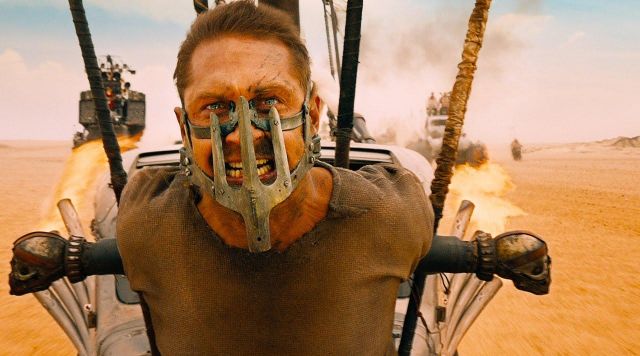
Max is stoic and rarely expresses his emotions. He communicates through action, not words. His introversion and preference for solitude match the ISTP personality type. Max Rockatansky appears detached and self-interested, but he cares about justice and protecting the innocent. He often becomes a reluctant hero, fighting oppression and defending the defenseless.
“Mad Max” shows Max’s personal growth. His character is complicated by his demons and the loss of loved ones. Max’s redemption journey shows his introspection and growth.
13. Ash Williams
Appearance: Evil Dead series.
Sam Raimi created the “Evil Dead” character Ash Williams. Bruce Campbell plays him in “The Evil Dead,” “Evil Dead II,” “Army of Darkness,” and “Ash vs Evil Dead.” Ash Williams is a skilled combat and survival ISTP. He defeats evil with wit and weapons. His quick thinking and hands-on approach to problem-solving help him survive terrifying situations.
Ash is charismatic, witty, and sarcastic. He stays upbeat and even cocky in dire situations. This gives him a unique personality and shows how he handles stress with humor.
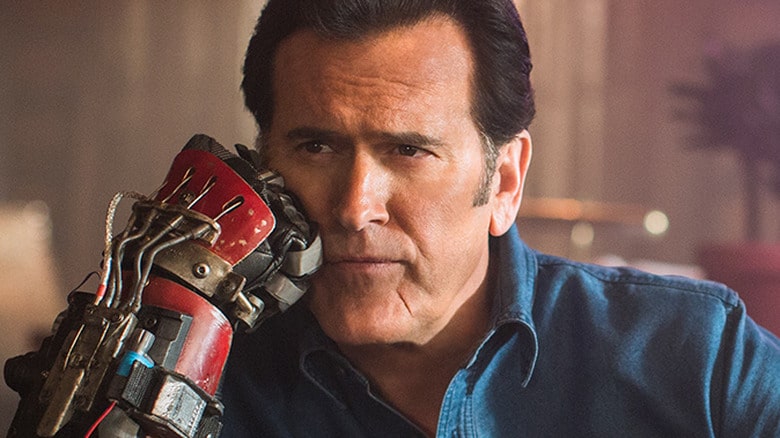
Ash initially seems self-centered, but he eventually shows responsibility and a willingness to fight evil to protect others. He reluctantly saves humanity from supernatural forces. Ash’s duty and willingness to risk himself match ISTP’s traits of loyalty and morality.
Ash Williams goes from hesitant and unassuming to confident and battle-hardened in the “Evil Dead” series. He overcomes personal challenges, fears, and adversity. Ash Williams’s resilience and unconventional heroism have made him a horror icon.
14. Stiles Stilinski
Appearance: Teen Wolf.
Stiles Stilinski is from “Teen Wolf.” Stiles is a logical ISTP. He solves a series of mysteries with his sharp mind. Stiles’ ability to observe, connect dots, and think creatively aids Beacon Hills’ supernatural investigations.

Stiles is caring and loyal despite his sarcasm. He loves his friends and will do anything to protect them. Stiles’ loyalty to his friends shows his ISTP-like morality.
Stiles grows and struggles throughout the series. He overcomes his fears and gains self-confidence. Stiles goes from anxious and self-doubting to brave and trustworthy. In “Teen Wolf,” Stiles Stilinski’s analytical thinking, quick wit, and adaptability have made him a beloved sidekick.
15. T-800
Appearance: Terminator series.
James Cameron’s “Terminator” franchise’s T-800 is known as the Terminator. Arnold Schwarzenegger plays it in the original films and several sequels. Skynet’s T-800 android assassin and infiltration unit seeks to exterminate humanity in a post-apocalyptic future. Due to its traits, the T-800 is often associated with ISTPs.
The T-800 is a combat-savvy ISTP with exceptional physical abilities. It has an excellent aim and relentlessly pursues its mission. The T-800’s practical and efficient problem-solving allows it to adapt and overcome obstacles.
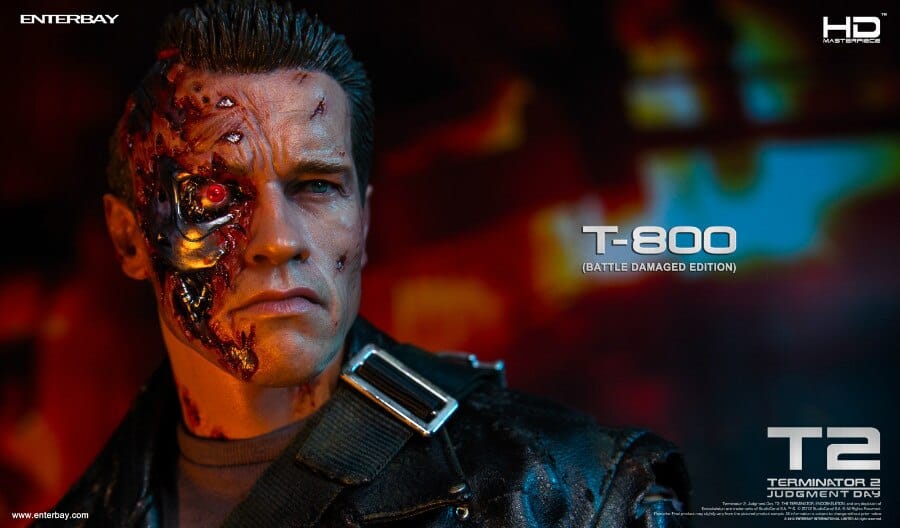
T-800s are logical and emotionless. It follows set goals and protocols. Its rationality and focus on practical outcomes match ISTP traits like threat analysis and action planning. The T-800 changes and learns about humans throughout the “Terminator” series. It changes from a cold-blooded killer to an empathic life valuer.
The T-800 is efficient, adaptable, and practical, like an ISTP. Its combat skills, logical thinking, and eventual understanding of human emotions have made it a science fiction icon, embodying an efficient and evolving machine.
16. Jay Pritchett
Appearance: Modern Family.
Jay Pritchett is often labeled ISTP. He is straightforward and practical. ISTP Jay values efficiency and practicality. He solves family issues head-on. Jay’s calmness in stressful situations helps him handle problems.

Jay appears stern and reserved, but his actions reveal his soft side. He supports his family in his own way. Jay’s loyalty and responsibility to his family are ISTP traits.
Jay Pritchett grows and adapts throughout the series. He manages blended families and intergenerational relationships. Jay’s journey shows his self-reflection and growth.
17. Natasha Romanoff
Appearance: Marvel Comics.
Scarlett Johansson plays Black Widow in the Marvel Cinematic Universe (MCU). She joined the MCU in “Iron Man 2” and has become a major character. Her traits and behavior make Natasha Romanoff an ISTP. She is a skilled spy, martial artist, and strategic operative.
Natasha is a gifted fighter and ISTP. She uses her training and quick reflexes to avoid danger. Natasha’s quick thinking and decision-making demonstrate her practicality and skill under pressure. Natasha is very perceptive. She is a detail-oriented information gatherer and threat assessor. As a spy and operative, she excels at situational analysis and strategy.

She bonds with her fellow Avengers and risks her life to protect them and innocent people. Natasha’s loyalty and morality are ISTP-like. Natasha Romanoff develops throughout the MCU. She faces her past and seeks redemption, showing her introspection and growth. Natasha’s journey shows her perseverance and morality.
Natasha Romanoff’s combat skills, practical mindset, and ability to navigate complex situations have made her an iconic MCU character, embodying a skilled and self-reliant superhero.
Also Read: 45 Best Female Assassin Movies Of All Time To Watch
18. Rocket Raccoon
Appearance: Guardians of the Galaxy.
Marvel Comics and the MCU feature Rocket Raccoon. He is a sarcastic and quick-witted Guardians of the Galaxy member. Rocket is a genetically engineered raccoon with engineering, combat, and intelligence.
Rocket is a tactical ISTP. He outwits and defeats his enemies with a variety of weapons and gadgets. Rocket’s practical and logical approach to problem-solving helps him create novel solutions under pressure. Rocket improvises and modifies technology with his mechanical and engineering skills. The Guardians of the Galaxy benefit from his resourcefulness and ability to work with limited resources.
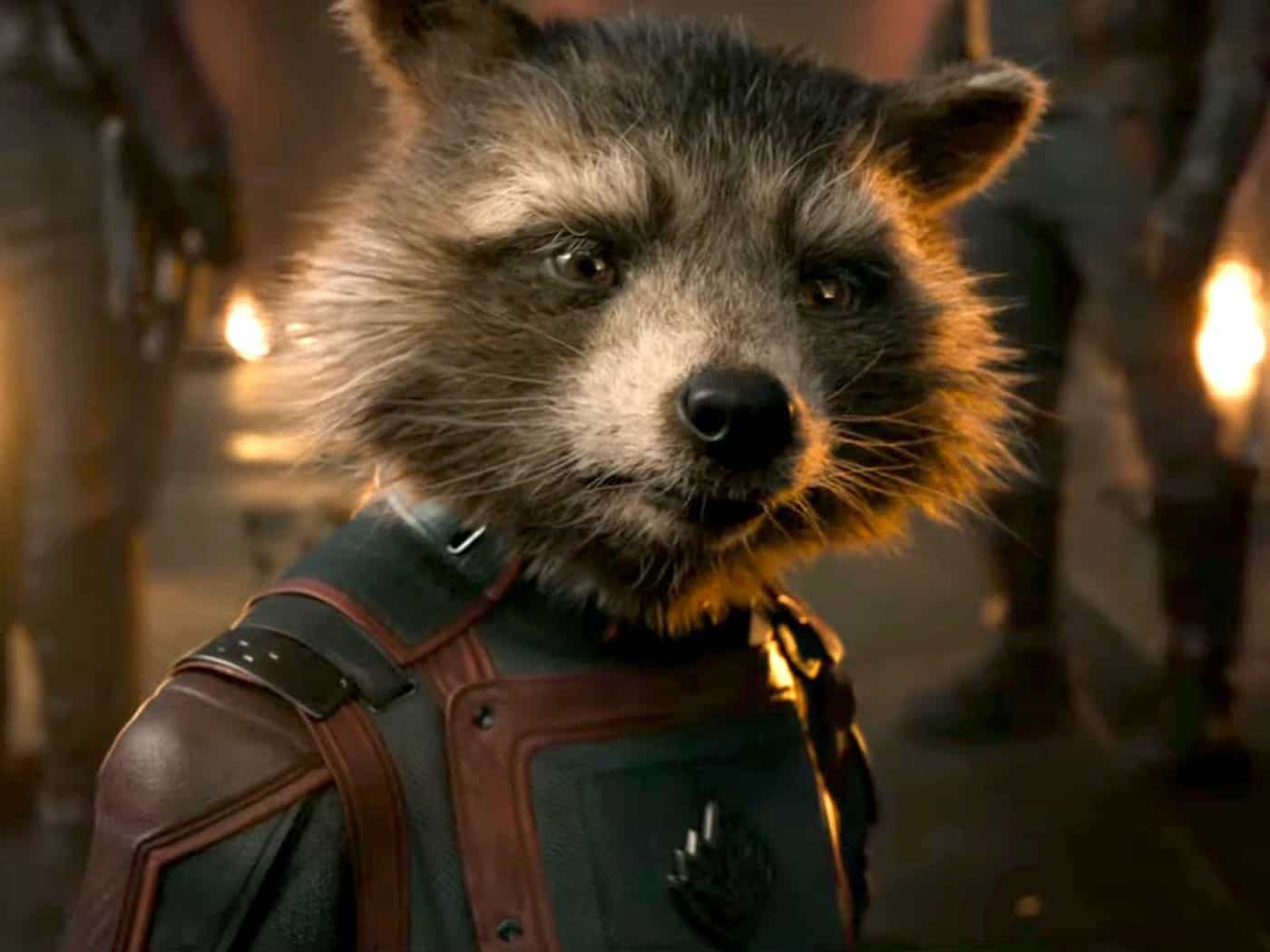
Rocket is brash and sarcastic, but he loves and protects his friends. He bonds with his Guardians, especially Groot, despite his initial reluctance to show vulnerability. Rocket’s loyalty and willingness to risk his life to protect his loved ones match ISTP traits of loyalty and responsibility.
Rocket Raccoon grows and learns to trust others in Guardians of the Galaxy. He overcomes his past traumas and gains empathy. Rocket’s character arc shows his introspection and deep connections.
19. Mike Wheeler
Appearance: Stranger Things.
“Stranger Things” creators the Duffer Brothers created Mike Wheeler. Due to his traits, Mike Wheeler is often labeled ISTP. He is smart, practical, and resourceful. Mike, an ISTP, thinks logically. He often proposes solutions to the group’s mysteries and problems. Mike’s quick thinking and adaptability help him handle Hawkins, Indiana’s supernatural events.

He guides his friends through tough situations. His practicality and high-pressure handling make him a good leader. Mike Wheeler learns about friendship, love, and sacrifice throughout the series. He overcomes difficult emotions and character tests. Mike’s journey shows his introspection and maturation.
20. Snake Plissken
Appearance: Escape from New York.
In “Escape from New York,” Kurt Russell played Snake Plissken. “Escape from L.A.” Snake, a former Special Forces soldier and notorious criminal, becomes a reluctant hero in a dystopian future. Snake is a weapon and tactics expert. He overcomes challenges with stealth, physical strength, and strategy. Snake’s rationality and practicality match ISTP traits.

Though aloof, Snake is loyal and honest. He follows his honor code and helps others when needed. Snake’s loyalty and responsibility are ISTP-like. Snake Plissken matures in the “Escape” films. He faces his demons and moral dilemmas. His journey shows his introspection and adaptability.
Snake Plissken’s combat skills, practical mindset, and ability to survive in hostile environments have made him an iconic action hero, embodying the spirit of a resilient and self-reliant antihero.
21. Lisbeth Salander
Appearance: Millennium series.
Millennium author Stieg Larsson created Lisbeth Salander. She is “The Girl with the Dragon Tattoo.” Lisbeth is a talented computer hacker and investigator with a complicated past. ISTP Lisbeth is analytical and observant. Hacker and detail-oriented, she can find hidden information and connect the dots. Lisbeth’s logic and pragmatism help her unravel complex deceptions.

Lisbeth uses technology to solve cases. Exploiting security systems and uncovering secrets shows her practicality and innovation. She is loyal and just, but she has trouble making friends and expressing herself. She defends the weak and exposes corruption. Lisbeth’s loyalty and morality are ISTP-like.
Lisbeth Salander grows as she faces her trauma and seeks justice in the Millennium series. She grows and changes by overcoming adversity.
22. Michael Scofield
Appearance: Prison Break.
In “Prison Break,” Wentworth Miller plays Michael Scofield. He is a smart, strategic ISTP. He carefully plans and executes his brother’s prison escape. Michael’s rationality and creative problem-solving match ISTP traits. Michael, a talented engineer, and architect, manipulates the prison environment. He overcomes obstacles by improvising and using his surroundings.
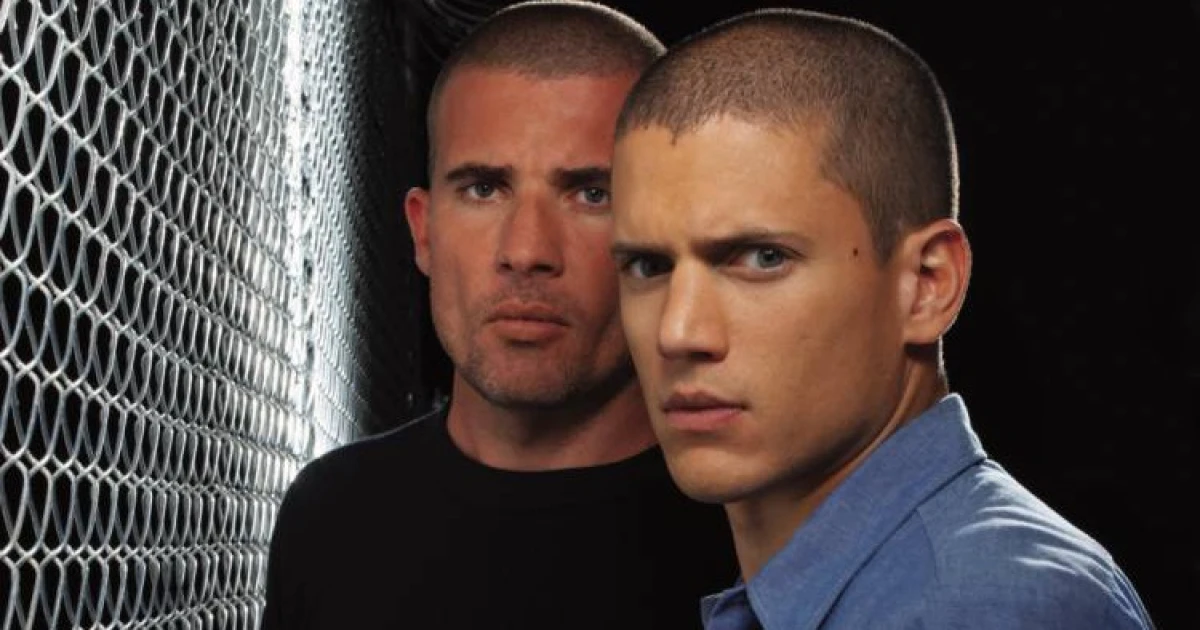
He sacrifices himself to save his brother and protects those he loves. The series follows Michael Scofield’s moral development. He accepts responsibility and does the right thing. Michael’s journey shows his introspection and adaptability in complex situations.
23. Jayne Cobb
Appearance: Firefly.
Jayne is an ISTP fighter and weapons expert. He uses many firearms and has great combat skills, and excels in high-pressure situations due to his pragmatic approach to conflict.
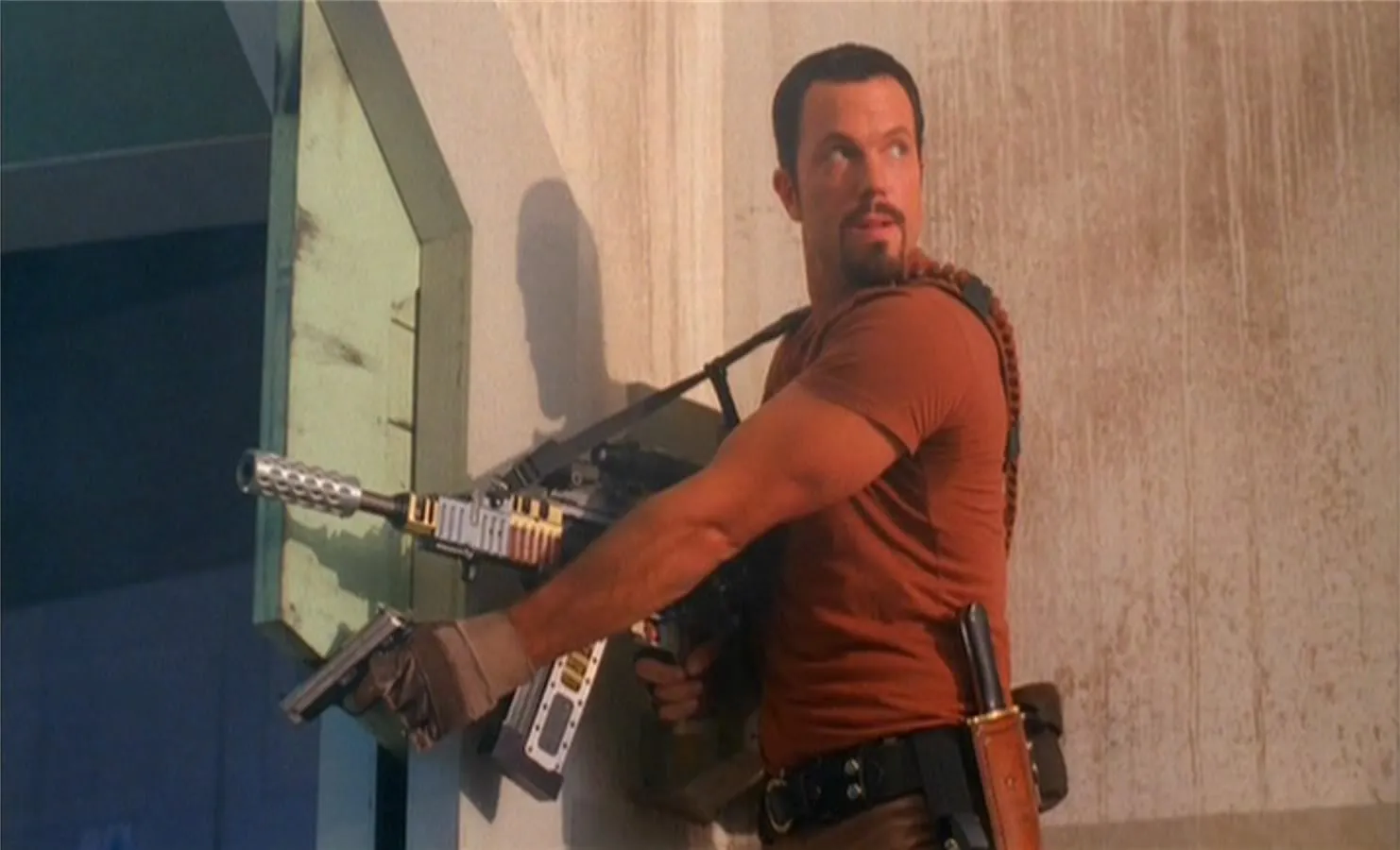
Jayne’s rough exterior belies his loyalty and camaraderie with his crewmates. Despite his selfishness, he protects the Serenity crew in danger. Jayne’s loyalty, though questionable, matches ISTP’s traits of loyalty and responsibility.
Jayne Cobb’s character grows as he faces moral choices and their consequences in the series and film. Though self-interested, he bonds with the crew. Jayne’s journey shows his growth and change.
24. Will Graham
Appearance: Hannibal.
Will Graham appears in “Red Dragon” and “Hannibal.” He, as a criminal profiler and former FBI agent, can empathize with serial killers. Will Graham, an ISTP, is sensitive and emotional. He can reconstruct serial killers’ thought processes because he is sensitive to others’ emotions and motivations.

Will Graham want to defend the innocent? Despite the emotional toll, he seeks justice for the victims of crimes he investigates. Will’s sense of justice and willingness to sacrifice his own well-being. Will is driven to understand and prevent harm despite the darkness he encounters in his work. His empathetic abilities and inner demons often cause him mental anguish.
In the “Hannibal” series, Will Graham faces his own demons and Hannibal Lecter’s manipulations. While investigating killers, he grows and changes. Will Graham embody an empathetic and introspective investigator in the “Hannibal” universe with his unique profiling abilities, emotional depth, and internal struggles?
25. Casey Jones
Appearance: Teenage Mutant Ninja Turtles.
Teenage Mutant Ninja Turtles character Casey Jones. He is a vigilante and ally of the turtles, known for his skilled combat and hockey mask and sports equipment as weapons. Casey is a skilled fighter and ISTP. He fights enemies and defends friends with his athleticism and sports gear. Casey’s practicality and reflexes help him react quickly in combat.

Casey may seem rough, but he is loyal and willing to protect those he loves. He trusts and bonds with the turtles. He grows and learns teamwork in Teenage Mutant Ninja Turtles. He goes from vigilante to turtle family member. Casey’s journey shows his growth and connection skills.
In the Teenage Mutant Ninja Turtles franchise, Casey Jones is a fan favorite due to his combat skills, practicality, and ability to protect and support his allies.
Mentions:
Levi Ackerman:
Hajime Isayama’s “Attack on Titan” character Levi Ackerman is intriguing and complex. Levi’s multifaceted personality reflects his exceptional combat skills and unwavering dedication.
Levi is calm and stoic, and he can quickly assess situations and make strategic decisions due to his intelligence and attention to detail. Levi is a strong leader and fighter because of his pragmatism and logic.
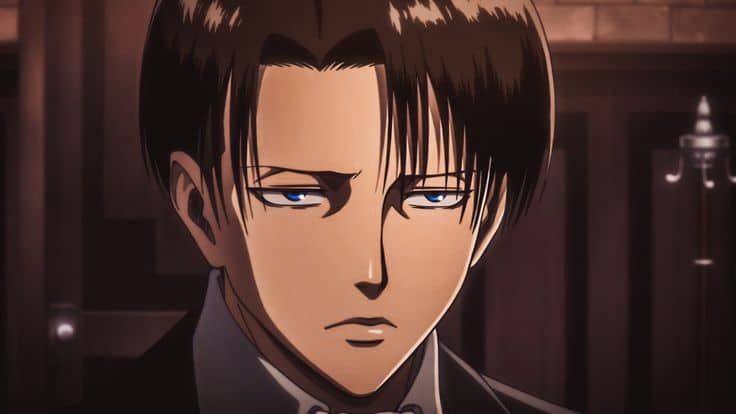
Levi is serious and focused in combat, but he has moments of compassion and empathy, especially for those he cares about. His squad interactions show that he values friendship and camaraderie.
Levi’s intense training and traumatic past shaped his personality and worldview. Justice and goal-setting drive him. Levi struggles with his responsibilities and sacrifices despite his tough exterior.
These ISTP characters enrich and energize their own storylines by exhibiting their individual characteristics and captivating viewers with their deeds and decisions. ISTP fictional characters add to the variety and interest in fictional universes by taking on powerful foes, negotiating tricky circumstances, or showcasing their own fighting skills.
Also Read: 50 Best Fantasy Anime Of All Time – Ranked By Fans


